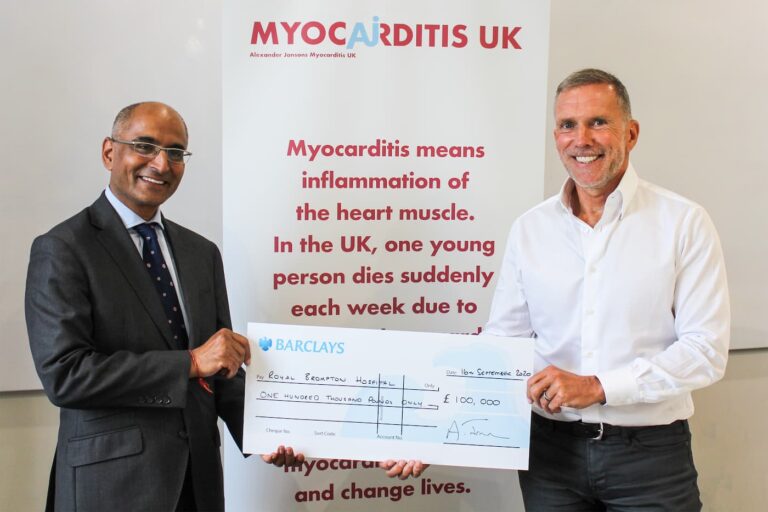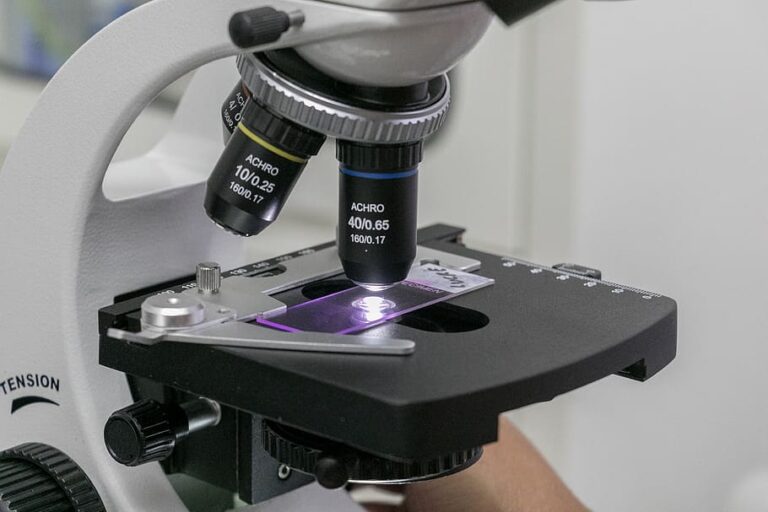
Shining light on a little-known heart condition
Myocarditis is an inflammation of the heart muscle, and it can happen to anyone, from children and teenagers to older adults. The challenge is that its symptoms often mimic more common, less serious illnesses, things like fatigue, chest pain, shortness of breath, or even flu-like symptoms. Because of that, it often goes unrecognised or misdiagnosed.
According to lead cardiologist Dr Sanjay Prasad at Myocarditis UK, globally, around 1.8 million people are affected every year, and here in the UK, it’s estimated that 1 in every 1,000 people are diagnosed. But the real number is probably higher, as many mild or moderate cases are never picked up.
In recent years, myocarditis has become a growing concern, especially in the wake of the COVID-19 pandemic. One UK study found that around 5% of people develop new-onset myocarditis within six months after a COVID infection. This highlights just how important awareness and early recognition really are.

Hope for the Future
At Myocarditis UK, we are not only raising awareness – we help fund research that is transforming the way myocarditis is diagnosed, treated, and even prevented in the future.
We are currently pursuing several exciting lines of investigation:
One area of research involves growing artificial heart cells. These cells are engineered to carry the same gene defects that have been linked to myocarditis, allowing our researchers to study how viral infections might induce cellular dysfunction, shedding light on processes that trigger heart inflammation.

A genetic disease requires a genetic solution
Another important focus is on the genetic screening of family members. By determining whether these gene abnormalities are shared, we aim to unravel how a single gene or a combination of many, together with environmental triggers, contribute to the development of myocarditis.Looking further ahead, we’re hopeful that these discoveries will lead to new medications that can help counteract the effects of these genetic abnormalities. Ultimately, our long-term vision is prevention and once we can identify patients with genetic changes that predispose myocarditis, we hope to use gene editing technology to fix or remove the faulty gene.
As Dr Sanjay Prasad, says: “A genetic disease requires a genetic solution.”
While gene editing may still be several years away, every step we take now brings us closer to a future where no one must suffer from undiagnosed or untreated myocarditis.


